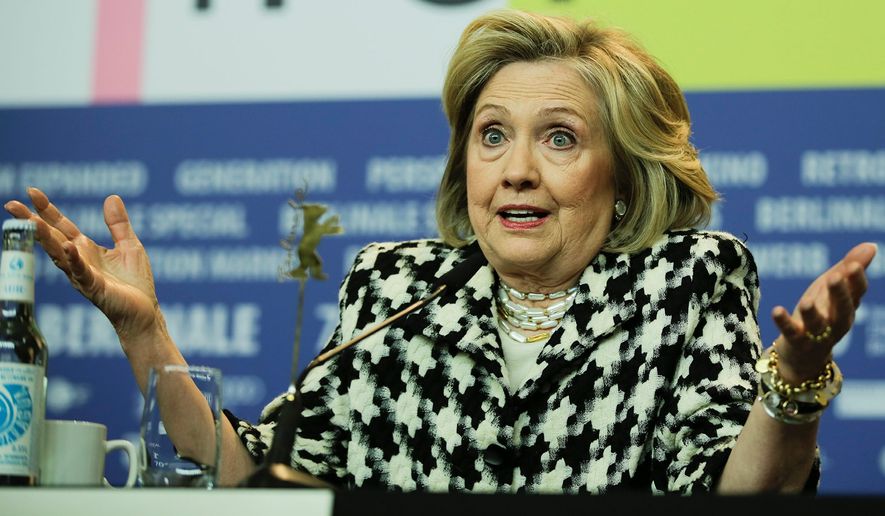OPINION:
As everyone tries to assess what the current spasm of violence might mean for the 2020 presidential election, it might be useful to remember that opinions about candidates are formed over time and are not changed lightly or quickly. In this instance, that is especially true, because the likely candidates for president have been known commodities for more than a generation.
Nevertheless, one of the familiar narratives about the 2016 election is how wrong the polling was. That’s fine, expected, and probably a worthwhile observation as far as it goes.
The problem is that it doesn’t go very far. What is usually left unsaid is the most important part: How was the survey data wrong? In what direction and to what extent was it inaccurate? These are important questions, in part because the answer to them shear away some of the assumptions and inaccuracies that people have embedded in their thinking about this year’s elections.
The simple, most relevant, and most commented upon fact with respect to the survey work done in the 2016 cycle is that most polling overestimated Democratic candidate Hillary Clinton’s final nationwide vote percentage by a little more than a single point. That’s not bad, given that 137 million votes were cast.
The more material shortfall was that the survey research overestimated her support typically by 2-4 percentage points in the dozen or so states crucial to the ultimate outcome. This overestimation was all the more remarkable because it was consistent across regions and across states won by both President Trump and Mrs. Clinton.
For example, surveys right before the election projected that President Trump would win Florida by 0.2%. He actually won by 1.2%. In Ohio, researchers thought the president would win by 3.5%. He wound up winning by 8.1%.
On the other side, Mrs. Clinton was expected to win Colorado by 2.9%, while she won it by 4.9%. Nevada was supposed to go for Mr. Trump by 0.8%, but Mrs. Clinton won it 2.4%.
In the Midwest, Mrs. Clinton was expected to win Pennsylvania by 1.9%. Of course, she lost it by 0.7%. Similarly, she was ostensibly ahead in Michigan by 3.4%, but Mr. Trump won it by 0.2%.
The pattern is consistent, and, in retrospect, predictable. Researchers clearly had trouble with anticipating and predicting who, exactly, would turn out to vote in which places.
This pattern has consequences for the 2020 campaign. Many are quick to dismiss survey results that show that former Vice President Joseph R. Biden is, and is likely to remain, a more formidable opponent than Mrs. Clinton. That’s a mistake.
The simple reality is that Mr. Biden, at this point, is getting better and stronger survey results than Mrs. Clinton was immediately prior to the election. More importantly, his leads, both nationally and in various states, tend to hold — even when you factor in the possibility of a 2016-level overestimation of his strength.
For example, Mr. Biden leads nationally in average of surveys (which is a terrible, but crudely acceptable methodology) by 6.0%. Even if you assume that those results overstate his support by the same 1.2% Mrs. Clinton’s results were overestimated, he would still win the popular vote by almost 5% (or about 7 million votes). It would be very difficult to lose the popular vote by 5% and win the electoral college.
On the state level, Mr. Biden is ahead in battlegrounds such as Florida, Michigan, Pennsylvania and Arizona, even after the results are corrected or adjusted to address the 2016 overestimations.
Obviously, the 2020 election has some way to go. Equally obviously, the current violence in cities may fundamentally alter the race. But right now, opinion research suggests that the window for victory for the president is starting to close. Imagining that research is wrong or useless and provides no guidance only serves to waste campaign time and make the hill even steeper.
• Michael McKenna, a columnist for The Washington Times, is the president of MWR Strategies. He was most recently a deputy assistant to the president and deputy director of the Office of Legislative Affairs at the White House.




Please read our comment policy before commenting.